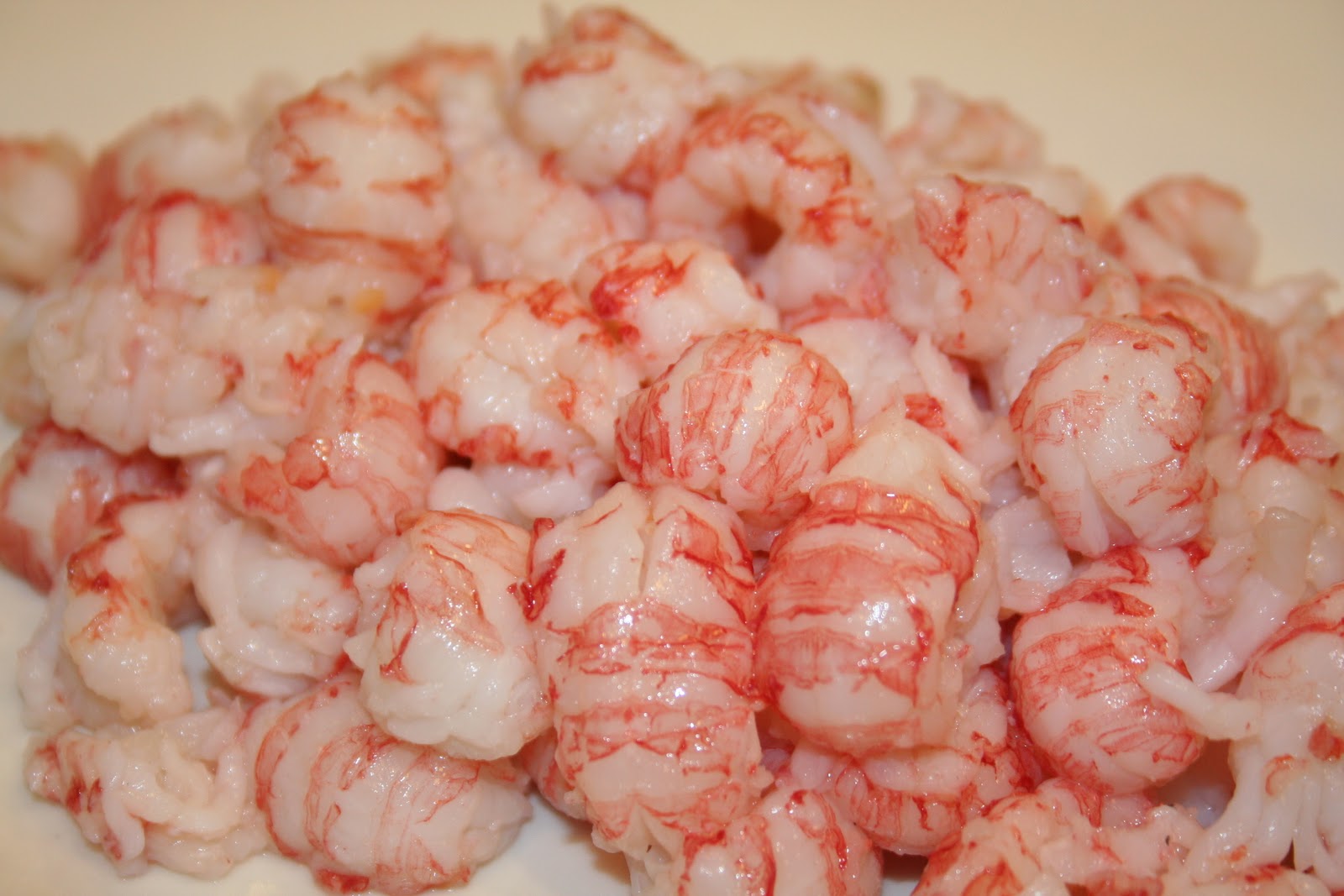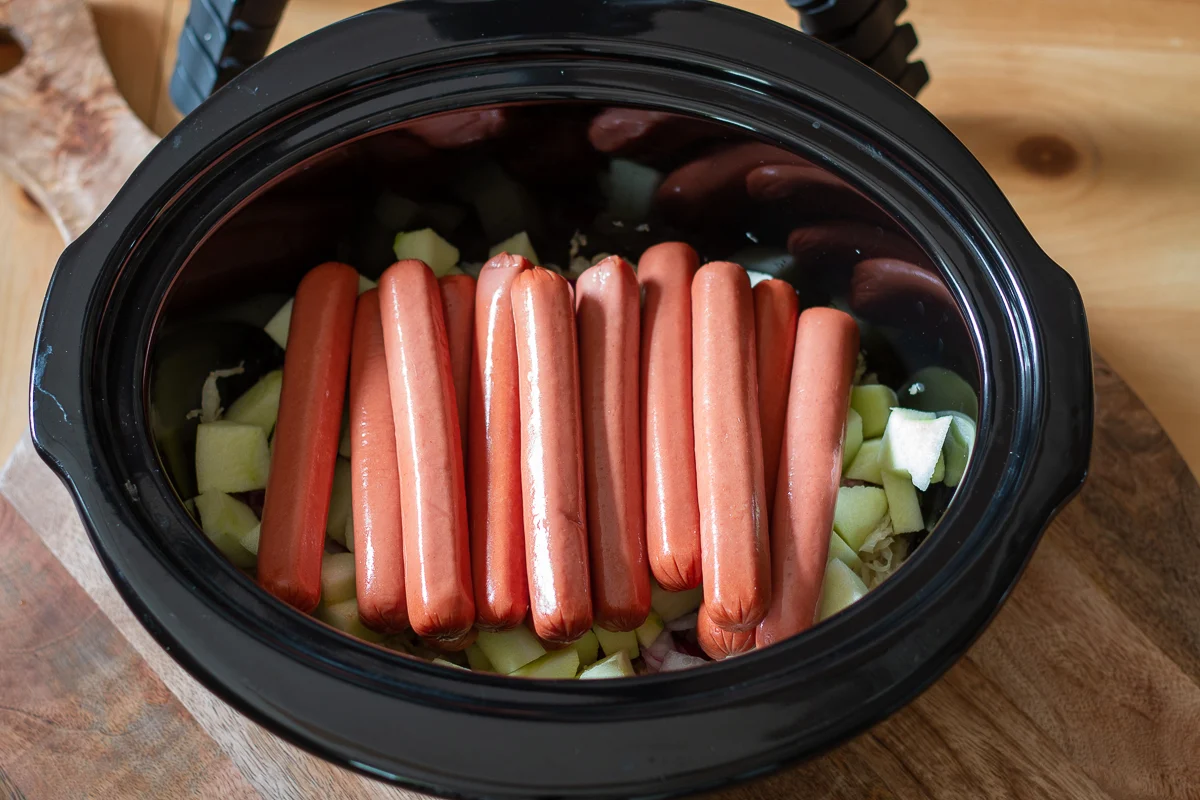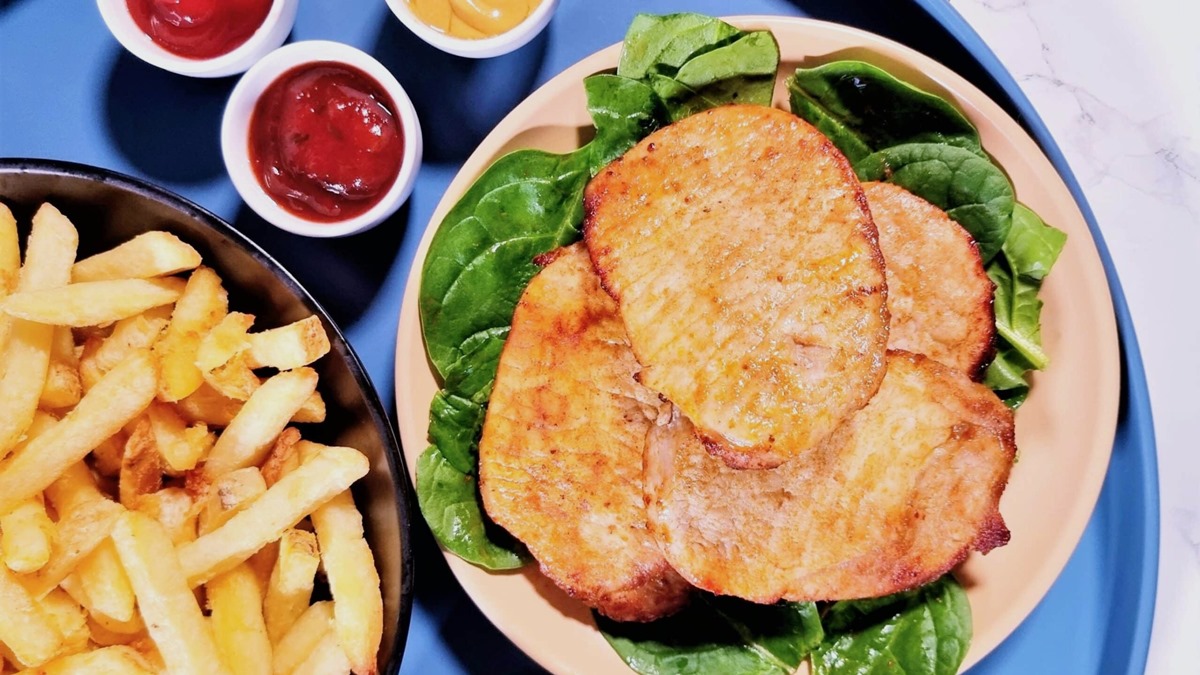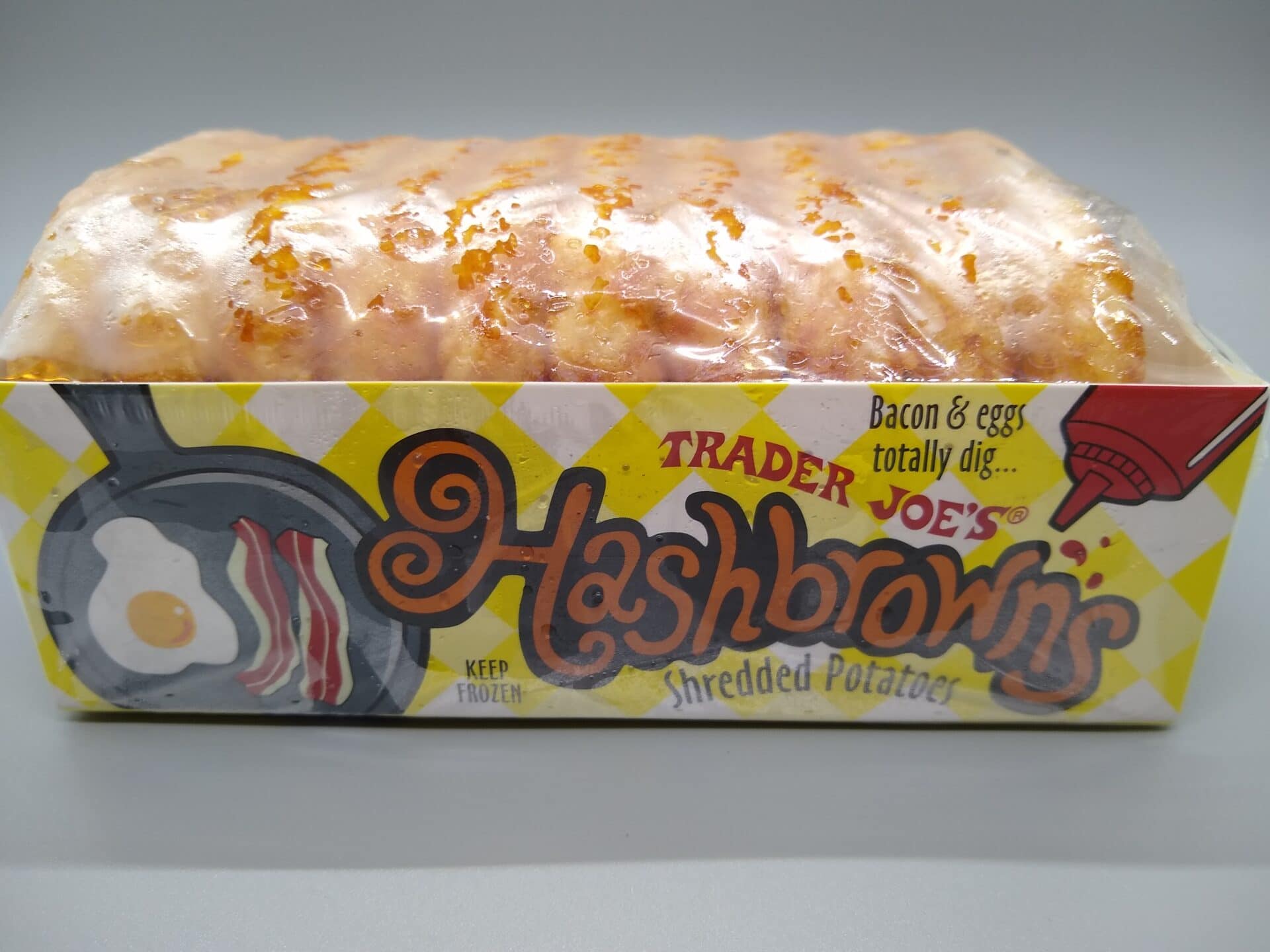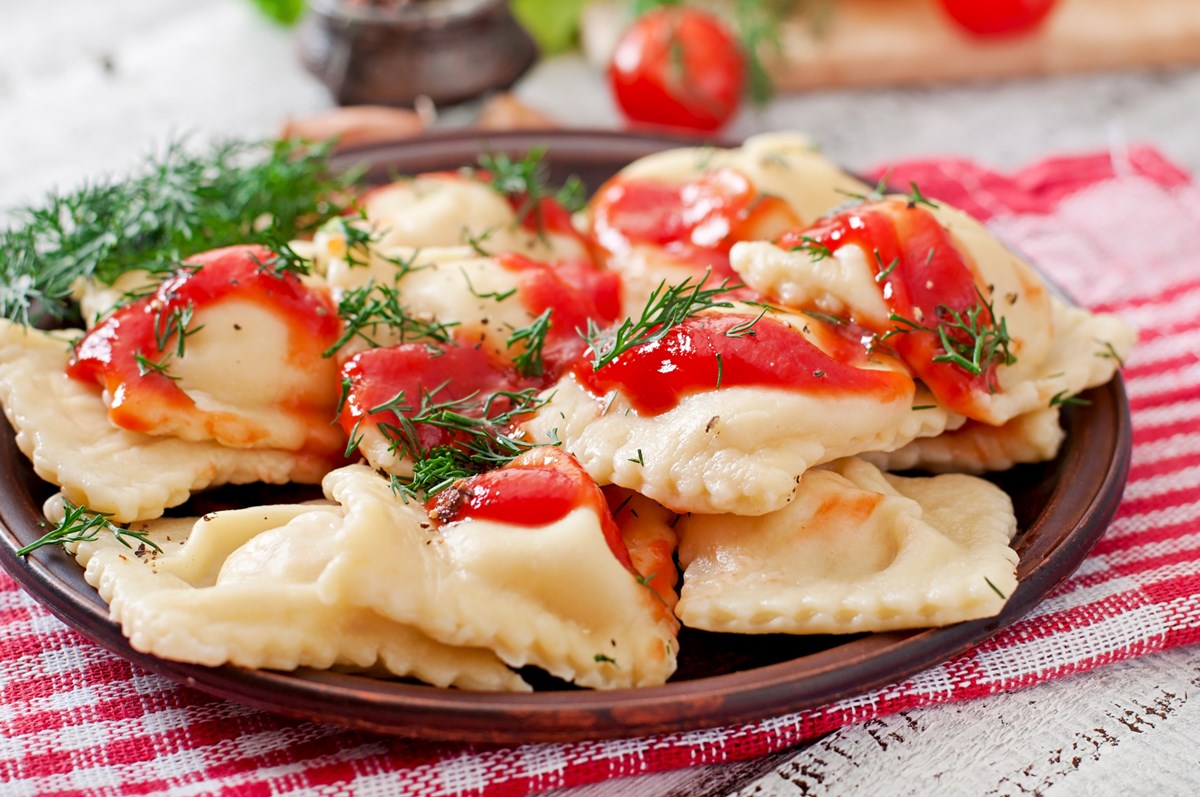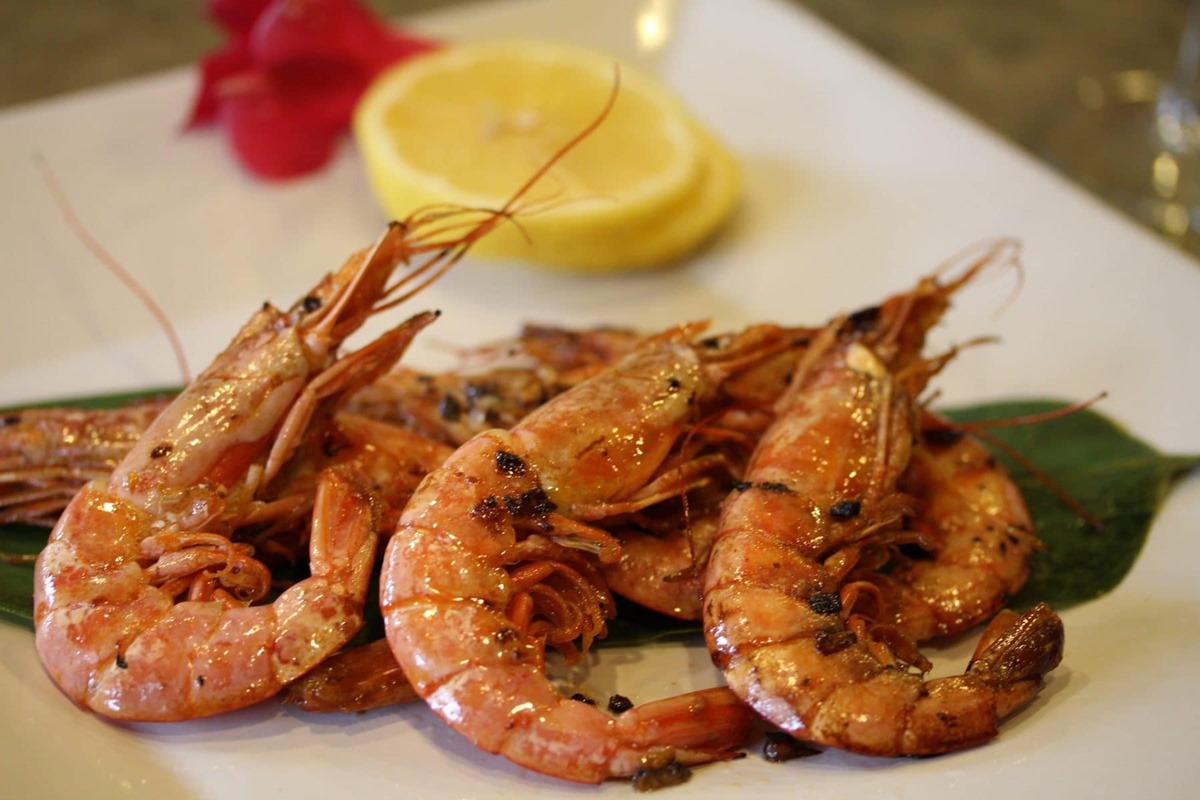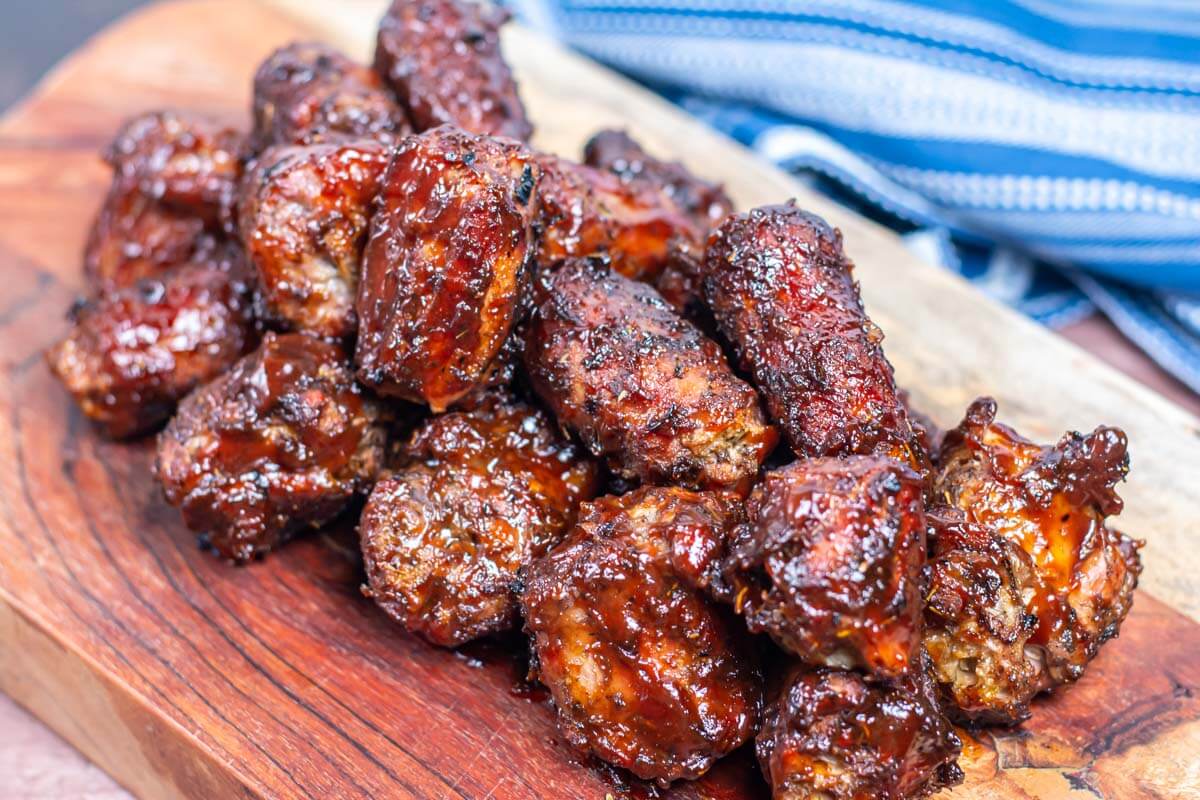Unlock a World of Flavor: Cooking Frozen Seafood Mix Made Easy
Are you craving a delicious and nutritious seafood meal, but don’t have fresh ingredients on hand? No worries! With a frozen bag of seafood mix, you can quickly whip up a mouthwatering dish that will transport your taste buds to the coast.
Cooking frozen seafood mix may seem intimidating at first, but with the right techniques and a little bit of know-how, you’ll be amazed at how simple and delicious it can be. So, let’s dive in and discover how to unlock the flavors of the ocean in the comfort of your own kitchen.
Step 1: Defrosting the Seafood Mix
The first step in cooking frozen seafood mix is to properly defrost it. Place the sealed bag in the refrigerator overnight or use the defrost function on your microwave if you’re short on time. Avoid using hot water or leaving the seafood mix out at room temperature, as this can affect the texture and flavor.
Step 2: Preparing the Ingredients
While your seafood mix is defrosting, take this time to gather and prepare the accompanying ingredients. Here’s a list of delicious options to consider:
- Fresh vegetables: onions, bell peppers, and garlic
- An aromatic base: olive oil, butter, or your favorite cooking oil
- Herbs and spices: parsley, thyme, paprika, salt, and pepper
- Optional add-ins: diced tomatoes, white wine, or coconut milk
Step 3: Sautéing the Seafood
Once the seafood mix is defrosted and the ingredients are prepped, it’s time to start cooking! Heat a skillet or sauté pan over medium-high heat and add the aromatic base. Sauté the onions, bell peppers, and garlic until fragrant and slightly softened.
Now, it’s time to add the star of the show – the seafood mix. Carefully add the contents of the bag to the pan and cook for a few minutes, stirring occasionally. Be cautious not to overcook the seafood, as it can become tough and rubbery.
Step 4: Adding Flavor and Enhancing the Dish
To elevate the flavor of your seafood mix, it’s time to incorporate herbs, spices, and any optional add-ins. Sprinkle a generous amount of herbs like parsley and thyme over the mixture, along with paprika for a touch of smokiness. Season with salt and pepper to taste.
If you’re looking to add some depth and complexity to your dish, consider including diced tomatoes for a tangy twist, a splash of white wine for a touch of acidity, or creamy coconut milk for a tropical flair. Experiment with different flavors to find your perfect combination!
Step 5: Serving Your Creation
Once your seafood mix is cooked to perfection and bursting with flavor, it’s time to plate up your masterpiece. Serve it over a bed of fluffy rice, alongside a crisp salad, or with toasted bread to soak up the delicious sauce.
Remember, cooking frozen seafood mix is a versatile process, and you can customize it to suit your taste preferences. Feel free to get creative and add your own unique twist by including additional ingredients or experimenting with different cooking methods.
Now that you know how to cook a frozen bag of seafood mix, you can whip up a gourmet-quality seafood feast anytime you please. So, let your culinary skills shine, and enjoy a scrumptious seafood meal that will leave you longing for the sea.
More Delicious Recipes Using Frozen Seafood Mix
Now that you've mastered the art of cooking a frozen bag of seafood mix, it's time to put your newfound skills to the test with a variety of enticing recipes. For a truly immersive experience, try the Spanish Delight Seafood Paella, which blends traditional Spanish flavors with the rich taste of mixed seafood. If you're in the mood for something creamy, the Rich Creamy Seafood Pasta is a must-try, offering a rich, comforting dish that’s perfect for any day of the week. For those who enjoy bold flavors, the Fiery Spicy Seafood Stir Fry packs a punch and can be tailored to your heat preference. Each of these recipes utilizes the techniques outlined in our guide, ensuring delicious results that are sure to impress at any dining table.
Was this page helpful?
Read Next: How To Cook Pre Cooked Ribs On The Grill

